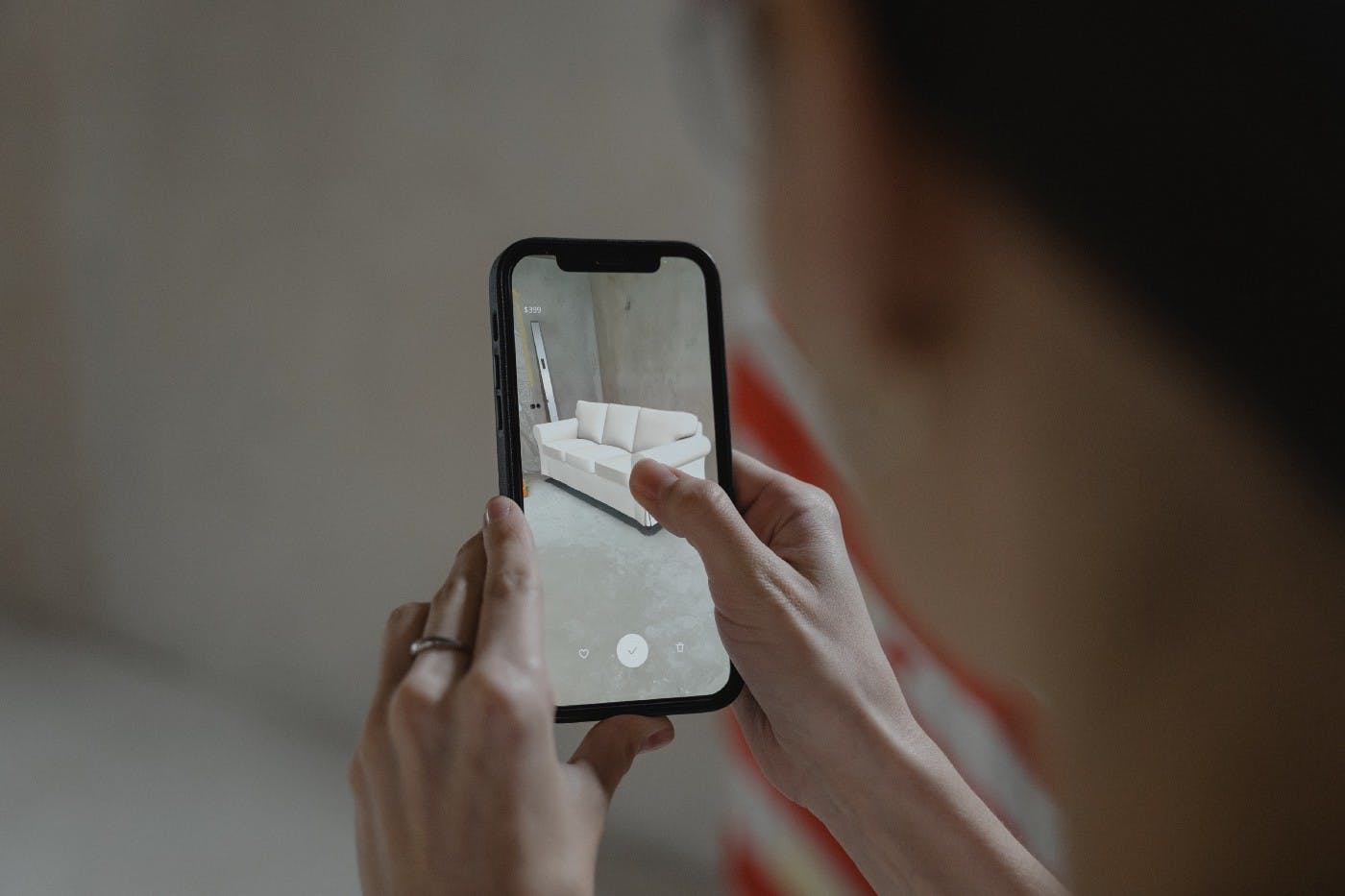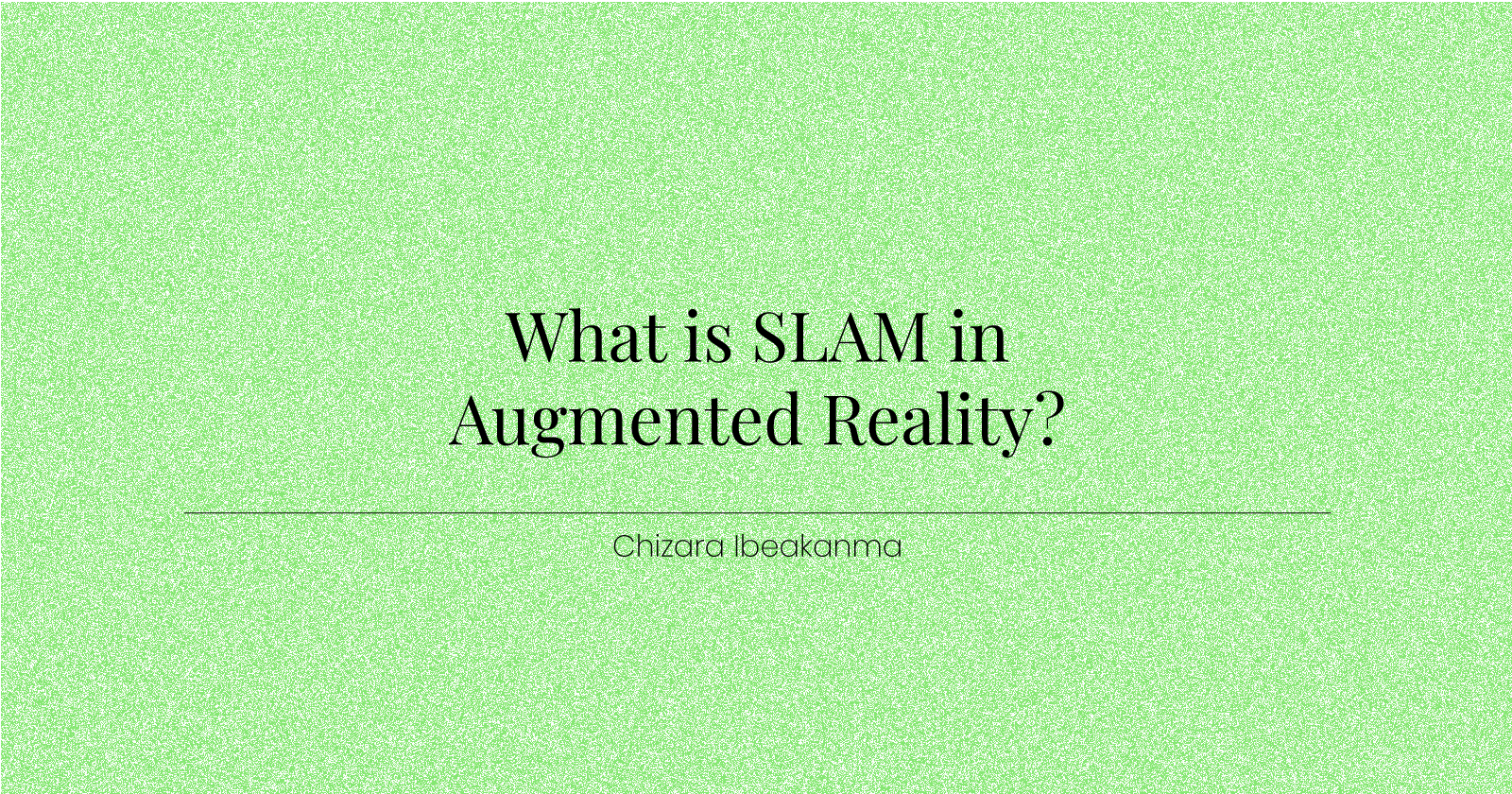What Is SLAM?
SLAM stands for Simultaneous Localization And Mapping.
 Two words stand out: ‘Localization’ and ‘Mapping’. Simply put, SLAM is all about simultaneously mapping an environment and keeping track of the device’s location.
Two words stand out: ‘Localization’ and ‘Mapping’. Simply put, SLAM is all about simultaneously mapping an environment and keeping track of the device’s location.
It is the process of estimating, constructing, and updating a map of an environment, and at the same time localizing (keeping track of the location) your device/robot in that environment.
It has been used in Robotics for years to allow autonomous vehicles to build and update a map and find their location in an unknown environment.
How Does SLAM Help in AR?
SLAM helps to track the world space in real-time. Without SLAM, you will first need to scan the room or environment you are in for the camera to find a plane for the virtual object to settle.
With SLAM technologies, you can open your camera the device will place and anchor the virtual element as you go. SLAM is perfect when you are in an unknown environment or a place without targets to track to trigger the Augmented Reality experience.
You know how objects shake and disappear when you move the camera away? SLAM solves that. It ensures that virtual objects and images can be stable in a 3D space. It is perfect for Markerless AR experiences.
It also allows for the recognition of foreground and background. This means that virtual objects can be occluded and move behind and around real objects. With SLAM technologies, these virtual objects can touch and interact with the real world and real objects naturally.
How Does SLAM Work?
For the device to understand the environment, the device collects visual data from the world in terms of reference/feature points from its sensors. The device understands the world through these feature points. Each feature point has a spatial relationship to the other.
SLAM interprets that data and uses it to map an unknown environment and orient itself properly in it. It understands the physical world through reference/feature points.
 This is how the device differentiates between, walls, floors, and other obstacles it could encounter.
This is how the device differentiates between, walls, floors, and other obstacles it could encounter.
SLAM uses mathematical and statistical algorithms to measure and estimate the position of objects in the real world. Some of these algorithms include:
- Bundle Adjustment
- Extended Kalman Filter
- Maximum a Posteriori
- The Particle Filter
Better AR Experiences With SLAM
SLAM allows virtual objects to interact better with objects in the real world giving users and creators a better experience.

